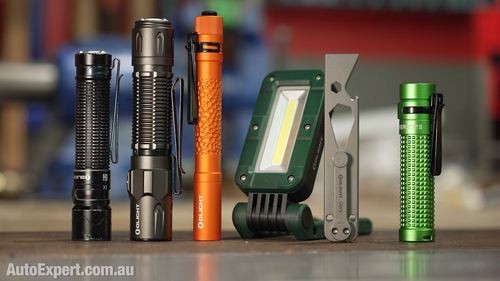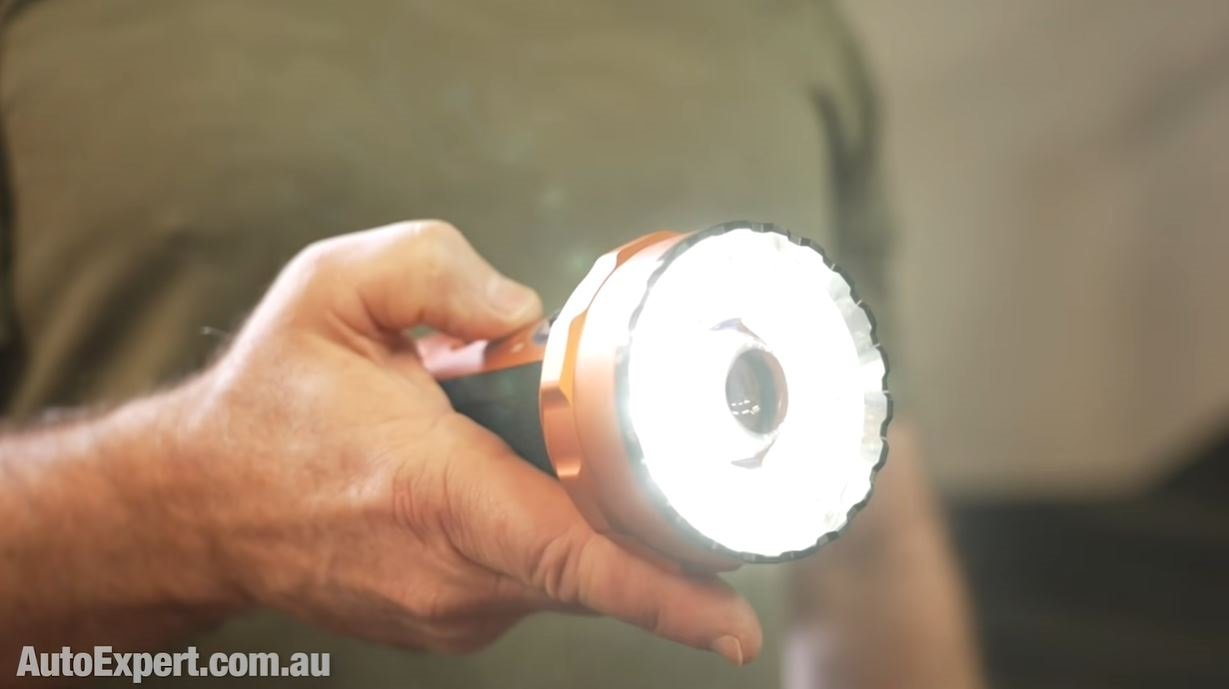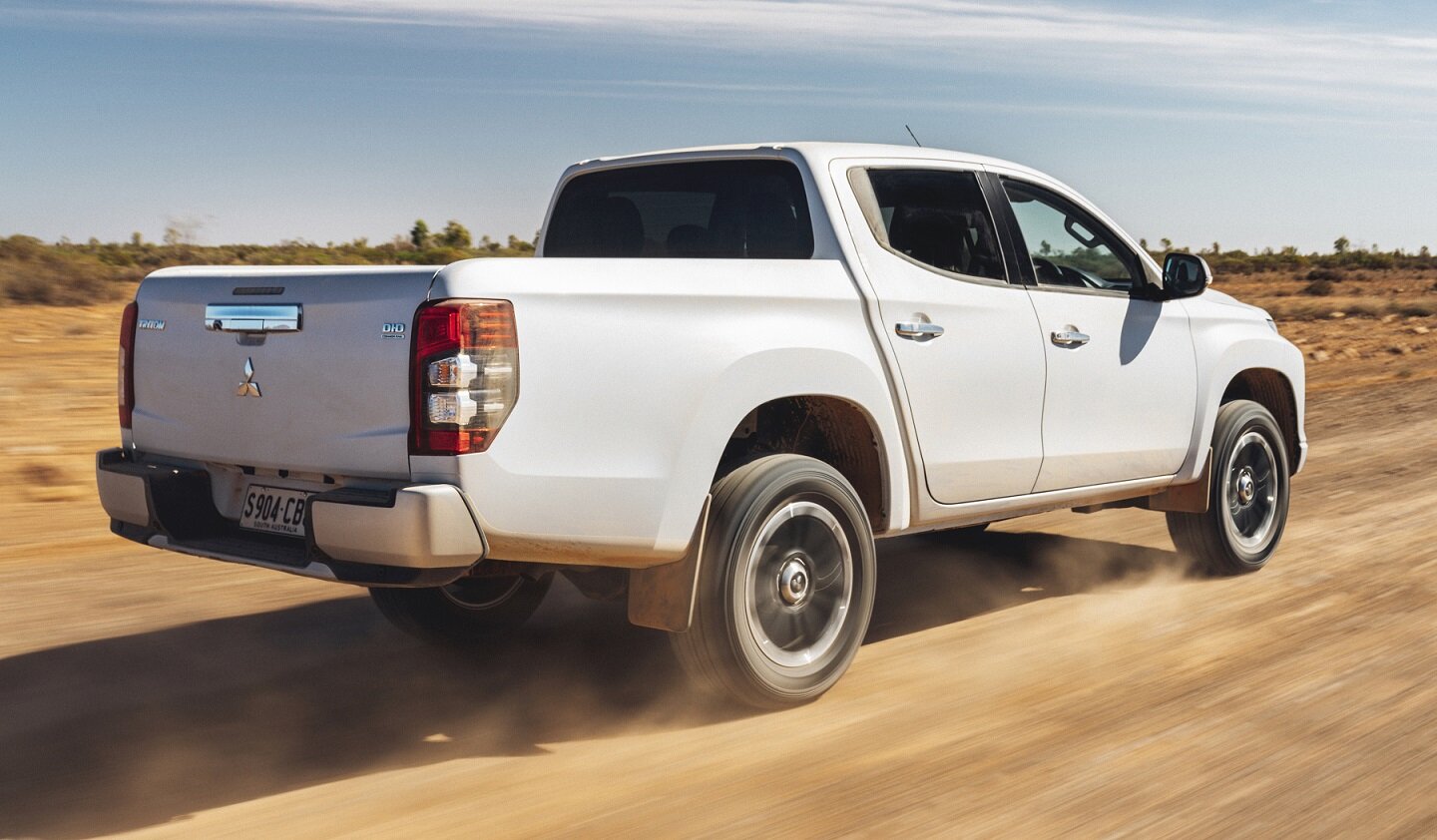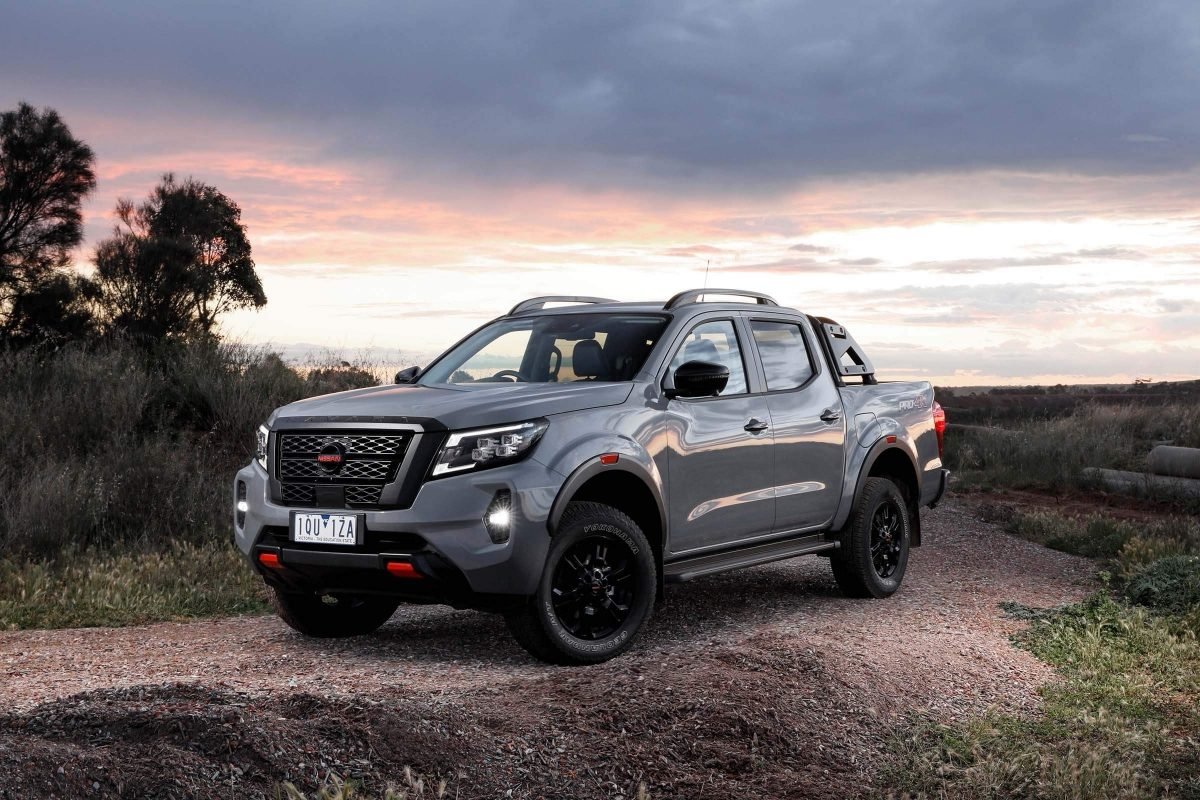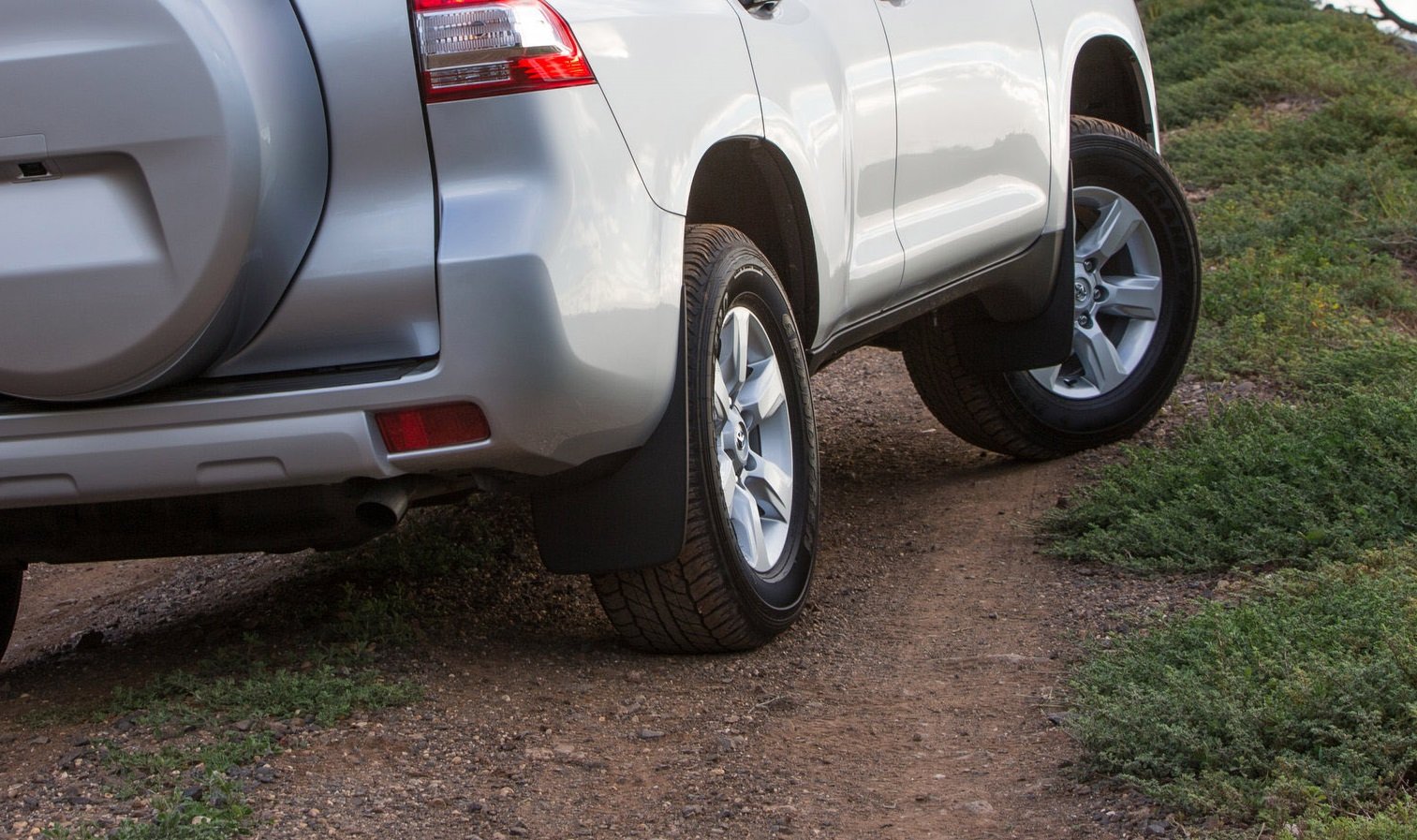Why has my 4X4 low-range gearbox broken?
QUESTION
Hi John,
I do my best to use my 4WD to the limits and perhaps beyond what the manufacturer intended.
The main reason I emailed you was to turn your attention to transfer cases, specifically the difference between the apparently more modern, stronger designs with planetary gears vs those with spur gears. It's a topic close to my heart as I've got a 2018 Pajero (yes the square one, not the Sport), that has done just over 115,000km and I've recently installed my third transfer case.
The second transfer case was installed under warranty by Mitsubishi when the first one failed at about 85,000km. That one failed just recently, only 30,000km later in somewhat spectacular fashion (see image).
What I've been able to figure out, apart from Mitsubishi telling me it never happens and yet they had four on the shelf waiting to be purchased when I enquired this time, is the following:
The transfer case in the Gen IV Pajero was developed for the Gen III, which had only 330Nm of torque and were lighter than Gen IV running the 4M41A motor producing 441Nm, and are heavier. The transfer case in the Gen IV Pajero's is an older, cheaper to build spur gear design;
When moving to the new Pajero Sport/Triton Platform, Mitsubishi apparently completely redesigned the transfer case to a planetary gear system to be stronger.
I can't see them doing that without good reason and I'd appreciate your insight on whether this information is accurate and also can you explain the difference between a spur gear transfer case and a planetary gear transfer case.
This seemed like just the sort of engineering question you'd be well placed to address.
Thanks
Jason
AutoExpert DISCOUNT ROADSIDE ASSISTANCE PACKAGE
If you’re sick of paying through the neck for roadside assistance, I’ve teamed up with 24/7 to offer AutoExpert readers nationwide roadside assistance from just $69 annually.
Plus there’s NO JOINING FEE. Full details >>
AutoExpert DISCOUNT OLIGHT TORCHES
These flashlights are awesome. I carry the Olight Warrior Mini 2 every day - it’s tiny, robust, and super useful in the field or in the workshop. Olight is a terrific supporter of AutoExpert.
Use the code AEJC for a 12% discount >>
ANSWER
Hey Jason,
At least defects of this nature are easy to diagnose…
I can’t comment on the specifics of the failure because I would only be guessing. Obviously something broke, sheared all the teeth off the helical gear you can see, and departed with sufficient energy to punch a decent hole in the casting...
What I can say is that carmakers, like all manufacturers, do not get paid to make the product worse with successive iterations, so designs evolve in a generally positive direction.
You are not looking at a spur gear - it’s clearly a helical gear. (Spur gears are cheap, but noisy.) Spur gears are just ordinary, straight-cut gears, with teeth parallel to the shaft. Helical gears are slightly curved and cut at an angle, like the mangled one in your photograph.
If you want to figure out how planetary gearboxes work, just pull apart a basic 2sp (Ryobi/Ozito) battery drill. The 1-2 gearbox shift in the drill is exactly the same thing as in a transfer case, only smaller. Conventional auto transmissions work this way also. They’re called ‘epicyclic’ - ‘planetary’ is the same thing.
(You can pull the drill apart, shift from high to low speeds and see how the gearbox changes - this is exactly what happens in a planetary transfer case.)
The Mitsubishi Super Select II transfer case has three functions: High range with centre differential open, high range with centre diff locked, and low range with centre diff locked.
Frankly the easiest way to break the transfer case is to operate the vehicle in either of the centre diff locked modes, on a high traction surface. Google ‘transmission wind up’ for more on that. High traction surfaces include dirt roads with good grip levels.
Finally I think you’re thinking about this entirely wrong. (I see non-engineers do this all the time, and it’s completely understandable - not a criticism.) Planetary’s not superior to conventional helical, and vice-versa.
Irrespective of the kind of geartrain, the difference between a reliable gearbox and one that’s not, is the detail of the design. You can have a poor planetary gearbox, or a poor conventional gearbox, or excellent versions of both. It depends on whether the design enables the unit to cope with the imposed loads.
Operational factors are also salient. Some people seem to have a knack for breaking almost anything. (I am not saying this is the case here.)
Speed and low-range gearing:
Gearboxes multiply torque. So, the engine might be delivering 500Nm, but in low first, the transfer case output shaft is delivering a lot more than that. Transitions from on the gas to off at high loads and in heavy reduction gearing (1,2 or 3 low) make for substantial backlash, which is a type of shock loading very good at breaking things in the powertrain. Any time you hear a powertrain clunk, that’s backlash.
Example: 3rd low is usually roughly equivalent to 1st high...
Obviously, the higher the travel speed, the more severe the backlash.
Sand is a real problem because low is often required to get going, but high would be better for actually driving.
Autos do tend to reduce the severity, however, because of slip in the torque converter (soaks up the shock).
In general for off-road driving in low, don’t use a bunch of revs, you generally don’t need the power, you generally need the reduced travel speed, while maintaining tractive effort. Most low 1st and 2nd jobs can be accomplished just off idle, or slightly higher, say below 1500-2000rpm, depending on the vehicle.
Weight is a factor too - because it increases all inertial loads and all loads where gravity is salient.
Time in operation isn’t generally a factor for individual operational stints, but obviously cumulative time eventually leads to component failure at the end of its service life.
Hope this helps mate.
JC





